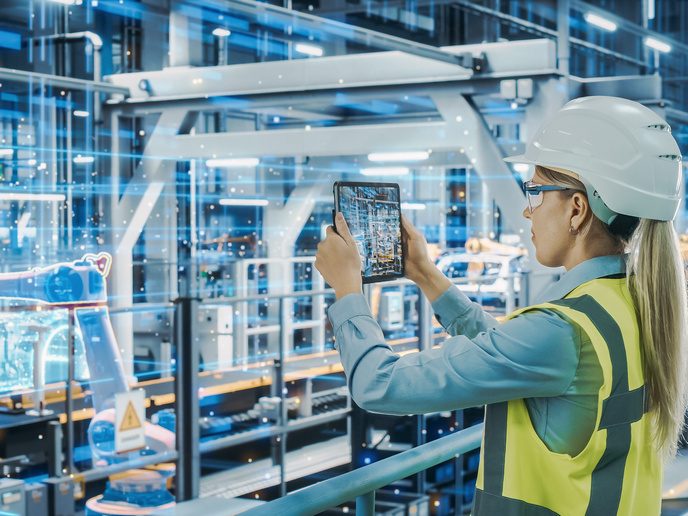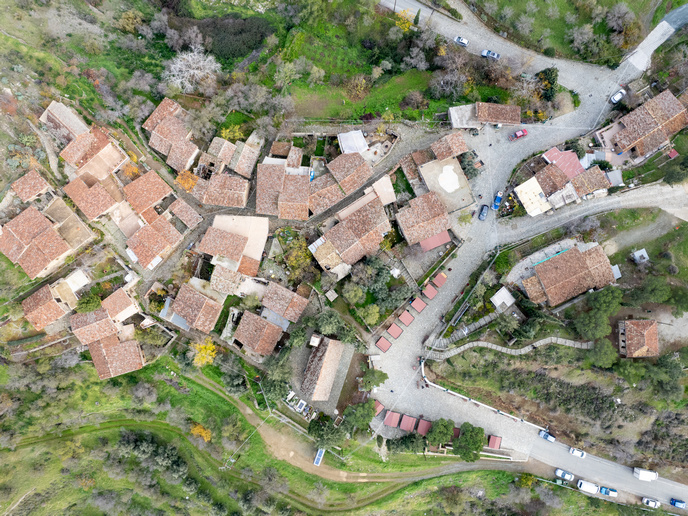New AI framework can expand Industry 4.0 throughout Europe
Artificial intelligence is a key enabler of industry digitalisation, offering improvements in efficiency, data analysis, quality control and human-machine collaboration. However, there is a lack of interoperability between different automation systems, preventing organisations from becoming part of Industry 4.0. In light of this, 17 partners from seven countries worked together on the EU-funded project MAS4AI. Their objective was to develop a distributed and interoperable AI architecture based on multi-agent technology to bring agility and efficiency to European factories. “The MAS4AI system enables the combination of different AI technologies into flexible and distributed control architectures, forming the basis for further customised and interoperable industrial AI-powered solutions,” states Achim Wagner, MAS4AI project coordinator.
Architecture development
Designed with a modular and flexible architecture, the MAS4AI system supports the separation of concerns and roles. Leveraging the principle of multi-agent technology, where multiple agents interact with each other to achieve goals, the system allows each agent or system of agents to be developed and deployed separately in a container, an isolated environment, to test and run applications. The MAS4AI system uses a common information model based on asset administration shell (AAS) – a standardised method to digitally represent an asset – for the description, configuration and parameterisation of agents. “All the components of our framework can be exchanged as long as they follow the general architecture and common interfaces. Different agents interact and synchronise with each other through messages and protocols based on the Industry 4.0 language and the AAS,” says Wagner. By adopting the MAS4AI framework, developers of AI-based solutions and manufacturers gain benefits. Thanks to the system’s lean and decoupled architecture, developers can reuse existing algorithms and contribute their own while still remaining independent. On the other hand, manufacturers get access to advanced AI algorithms without being locked in a specific platform. They can combine what fits best for their needs and current setup.
Human-centred approach
The project’s framework was built around and for humans. It was developed to consider ways to boost information that facilitates decision-making, as well as integrating a person into the digital system. A concept of a human digital holon was developed as a combination of the worker’s AAS as the human’s passive digital twin, and the human’s agent to actively represent a human in the system. “By augmenting human behaviours with digital holons and providing human-related aspects to the system through the standard AAS submodels, an efficient human-machine integration can be achieved,” assures Wagner. In most pilot cases where the system was tested, AI agents were considered as tools and the last decision was always made by a person.
Use cases
The MAS4AI system was applied in several industrial scenarios to demonstrate its feasibility, scalability and flexibility in a wide range of sectors, including automotive, wood, bicycles, bearings and metal. In all pilot implementations, there were improvements in the set key performance indicators, such as production increase, overall equipment efficiency, lead time reduction and rework. “The tests have also shown an increased level of interoperability between different algorithms. For example, the system was able to combine various scheduling methods to cope with order allocation complexity in an industrial-sized matrix production system,” adds Wagner.
Keywords
MAS4AI, industry 4.0, artificial intelligence, digitalisation, automation, manufacturing







